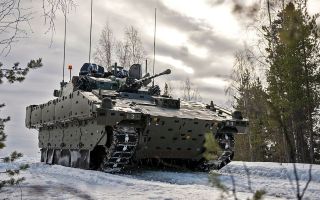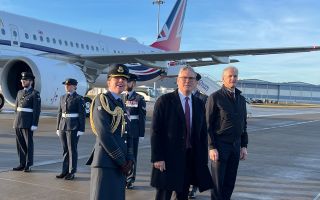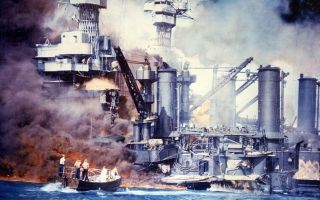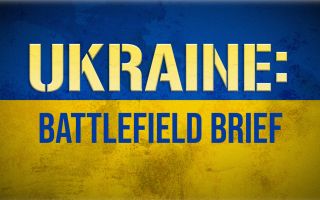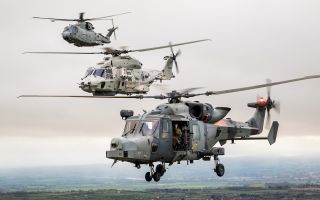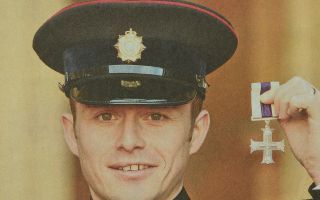Cold War communications tech reinvented and repurposed for the modern battlefield
In a world of multi-domain warfare connectivity between land, sea, air, cyber and space is critical, but what if the satellites you've come to rely on for that covert mission where up-to-the-minute intel is critical are jammed, destroyed or denied to you by an enemy?
Well that's where a piece of what was considered old over-the-horizon communication Cold War tech comes in and it’s already got the attention of the UK's Ministry of Defence.
Troposcatter uses the lowest layer of the Earth's atmosphere known as the troposphere to create long-distance, over-the-horizon, medium-range communications without the need – or extra cost – for anything placed in orbit.
It exploits a phenomenon called tropospheric scatter, which sees radio waves get scattered by water droplets, dust particles and atmospheric gases found in that layer between four and 13 miles above the Earth's surface.
If you direct microwave radio communications in a narrow beam, aimed just above the horizon in the direction of a receiver station, they can be bounced – or scattered – over the horizon to a military base or command and control centre.
Technology in the 1950s, 60s and 70s meant the systems were big and bulky, requiring a lot of power and very large antennae.
One modern system is called Comet – or Compact Over-the horizon Mobile Expeditionary Terminal – and it's the smallest of its kind.
It fits in a backpack and can be set up by one operator in 15 minutes, instead of the hours and hours it once took. That makes it ideal for mobile and expeditionary forces.
US company Comtech has already supplied these to UK forces through British company Spectra Group.
It won a Ministry of Defence contract to deliver the systems, with users including the Royal Marines and the Army's warfighting armoured division, known as 3 Div.
Comet is said to offer robust, reliable comms even in a congested environment.
It can transmit high-definition video and has 210 megabits per second data transfer capability over a distance of almost 45 miles, bending signals over mountains and buildings or off the sky.
And troposcatter-based tech is already at work on Royal Navy ships such as HMS Dasher.
Now the arrival and growth of artificial intelligence is set to further advance the way this tech can be used and the capabilities it has.


